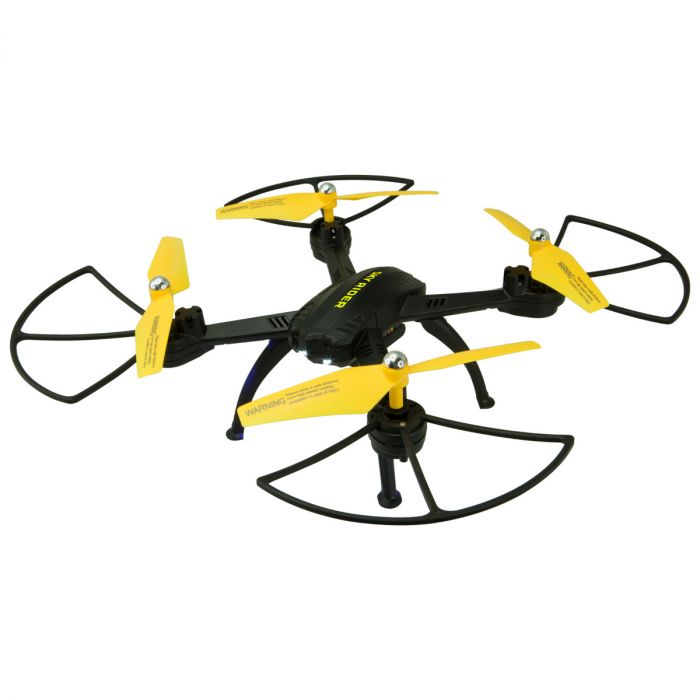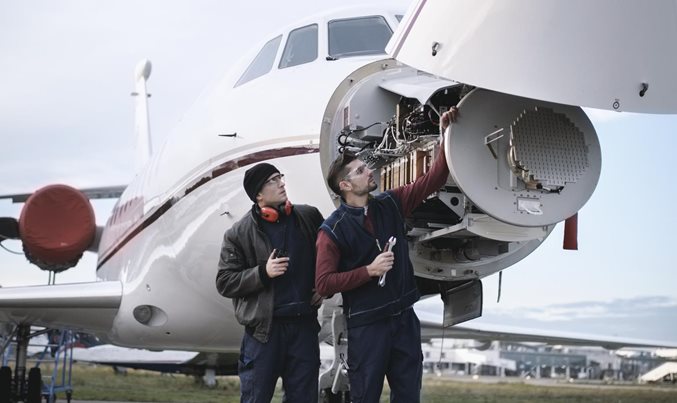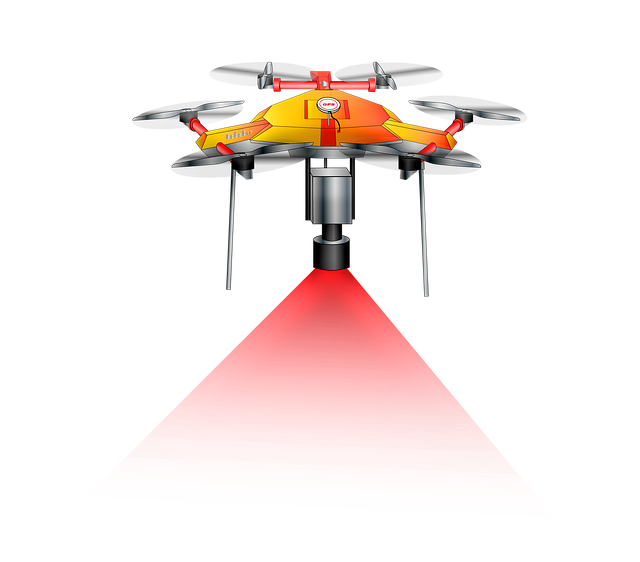
In the field of drone autonomy, Level 1 autonomous flight capabilities are already in use. These systems can operate without the intervention of humans and are capable of completing tasks on their own. Exyn and other companies have been creating autonomous drones. Exyn's drones have lidar sensors that allow them to navigate through the environment with no human intervention. These are the benefits of drones with Level 1 autonomy. Let's discover more.
Level 1 autonomy
The first step in autonomous drones is to determine its level of autonomy. A drone that has this level of autonomy can function independently and take over a single vital function. While it is not capable of controlling its speed and direction, it can help with navigation, altitude, position, and other functions. Most drone manufacturers produce drones at this stage with some autonomy. But even at this level, the pilot will still be responsible for safety and monitoring airspace and avoiding any unforeseen situations.
This level is far from being commercially viable and still very much in the future. The first level of autonomy is just flying around, and this means that the human pilot needs to remain alert and ready to take over in an emergency. As the drone reaches higher levels of autonomy, it will no longer require a human pilot. It will even send an alert to the human pilot when it is in need of assistance. Level 4 drones should be ready for production by then. They will be intelligent enough to navigate through smoky buildings, find those in need, and complete routine inspection tasks.

At this stage of autonomy, drones must be aware of predatory birds and humans on the ground. Although drones can track and fly objects, they are unable to fully understand the environment and make independent decisions. For example, pilots must manually scan for other manned aircraft and yield to them when necessary. Pilots must be alert to other manned planes, particularly those that might attempt to land.
Exyn autonomous drones can now fly at Level 4 in human-free areas. They cannot fly above roads and people. They will eventually need to pass the FAA Part 135 certification process. These safety concerns will be addressed by AI and computer vision. In the meantime, AI and computer vision can make our life easier. However, we can't afford to be in the middle of it all. And until they are, we will never know.
While Level 4 autonomy is still far from being available in commercial drones, it does exist. Some of the world's top drone manufacturers have reached this level. The Exyn drone, for example, is classified at autonomy level 4A, which means that it is capable of performing complex tasks such as inspections and security. It can also collaborate with other drones. This makes it the most advanced of all drones.

FAQ
Where Are Drones Banned?
The FAA has banned drones in areas near airports and stadiums. However, they allow them to fly nightly using GPS technology.
You can fly a drone as high as you like without a license.
The FAA does not limit the height of a drone. The FAA does require you to register unmanned aircraft systems (UAS), which include the registration number of your model, weight and size, serial numbers, manufacturer's names, date manufactured and other information.
Can someone spy on you with a drone?
Anyone can spy on you with a drone. Protecting yourself from drones requires that you be alert to them and stay away from areas where they fly. You should immediately call 911 if you see a drone fly around.
Where can I find a drone for sale?
Many different drones are available online. Some people prefer to buy drones online via Amazon, eBay and Walmart. Others prefer to purchase drones directly through the manufacturers.
Are drones permitted at public events?
You can fly your drone anywhere you like, provided you adhere to the rules. The event organizers will require approval if you plan on flying your drone during a public event like a parade, festival, concert or other similar event.
Is it possible to fly my drone in a local park?
Yes, you can fly drones in parks throughout the world. However, there are some countries that prohibit drone flying in parks. See our list to see where drones can be flown legally for fun.
Statistics
- According to industry research from ZipRecruiter , there are 10 cities where the typical salary for a Drone Pilot job is above the national average. (dronesgator.com)
- According to ZipRecruiter, the minimum hourly wage of drone pilots is $20. (thedroneu.com)
- With the top 10% making over $100/h and the bottom 10% making as low as $10/h. (dronesgator.com)
External Links
How To
How to Fly Drones for Beginners
A drone is a remotely-controlled aircraft that is used for aerial photography and surveillance. Drones have been in use since World War II. However, commercial use began in 2010 when DJI released their Phantom series of quadcopters. Since then, there have been many different types of drones available, from beginner-friendly models like the Parrot AR Drone 2.0 to professional-grade multi-rotor craft like the DJI Mavic Pro.
There are many methods to fly a Drone, including
-
Remote control - This method uses a control device attached to your hand, which enables you to steer the drone through its flight path. There are two main types for controllers: Joysticks or On/Off switches, which can be used to control the drone's flight path.
-
Manual Control - Using a smartphone app, this method allows users to remotely operate the drone via GPS coordinates. The app will provide instructions and help you to locate the drone.
-
Autonomous Flight: This means that the drone will take care of all the piloting. It is basically flying autonomously and without human intervention. The drone must be equipped with a camera and sensors that can capture images and data in order to fly autonomously.
-
Triggered Flying - This method works in the same way as manual control. However, the pilot has to manually set up a route for the drone and it follows that route until reaching the endpoint. After the preprogrammed route is complete, the drone will automatically land and return to its base.
-
Landing Gear – Some drones are equipped with landing gear, which allows them to safely land if they lose power during flight.
-
Goggles - Some pilots wear goggles to protect themselves from debris while operating.
-
Camera - Certain drones come with cameras that allow you to take photos and videos from high above.
-
Obstacles-Some drones come with obstacle avoidance devices that keep them from hitting obstructions.
-
Speed - Some drones can travel at speeds over 40 mph.
-
Battery Life - Most drones can last between 20 minutes to 3 hours, depending on how much power you're using.
-
Some drones are capable of traveling up to 30 miles depending upon their make and model.
-
Power source: Some drones will require an external power source while others can be powered by internal batteries.
-
Weight - Some drones weigh less than 1 pound, whereas other models weigh up to 4 pounds.
-
Size - Drones range from small devices that fit in one's palm to large crafts that weigh more than 50 pounds.
-
Price – All drones fall into a price category. These range from expensive models that cost thousands to affordable options that start at 100 dollars.